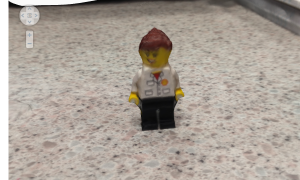In conjunction with the year-long exhibition project examining Brown University’s lost Jenks Museum, the John Nicholas Brown Center for Public Humanities and Cultural Heritage, the Haffenreffer Museum of Anthropology, and the John Carter Brown Library invite paper proposals for a colloquium on lost artifacts, collections and museums. The colloquium will be held at Brown University May 7 and 8, 2015.
Museums, perhaps more than any other institutions, think in the very long term: collections are forever. But the history of museums is more complicated than that. Museums disappear for many reasons, from changing ideas about what’s worth saving to the devastation of war. Museum collections disappear: deaccessioned, traded away, repatriated, lost to changing interests and the ravages of time.
We are interested in this process of decline and decay, the taphonomy of institutions and collections, as a way of shedding light not only on the history of museums and libraries…
View original post 425 more words

